The Philippine economy showed stronger-than-expected growth in the third quarter of 2023, expanding by 5.2% year-on-year as domestic demand and government spending accelerated. This marks a notable rebound from the previous quarter's 4.3% growth and suggests the Southeast Asian nation is regaining economic momentum despite global headwinds.
Drivers of Growth
Household consumption, which accounts for nearly three-quarters of the Philippine economy, grew by 5.1% as improving employment conditions and steady remittances from overseas workers boosted purchasing power. "The resilience of consumer spending continues to surprise us," said Maria Santos, chief economist at Manila Capital Group. "Even with inflation pressures, Filipinos are spending on essentials and discretionary items alike."
The services sector led the expansion with 6.1% growth, particularly in transportation, food services, and wholesale trade as mobility restrictions were fully lifted. Industry grew by 4.5%, with construction activity picking up pace after several delayed infrastructure projects resumed operations. Agriculture, while still the laggard, managed 1.3% growth after two quarters of contraction.
Policy Impacts
Government expenditure rose sharply by 7.3%, reflecting the Marcos administration's push to complete infrastructure projects before year-end. The Department of Budget and Management released nearly 85% of its 2023 capital outlay budget by September, compared to just 65% during the same period last year.
Bangko Sentral ng Pilipinas (BSP), the central bank, maintained its benchmark interest rate at 6.25% in October after nine consecutive hikes. "The pause suggests policymakers believe inflation is coming under control while wanting to avoid stifling growth," noted economist Rafael Gomez. Consumer price increases slowed to 4.9% in October from 6.1% in September.
Regional Context
The Philippines' performance outpaced several regional peers. Indonesia grew 4.9% in Q3, while Malaysia expanded by 3.3%. Only Vietnam's 5.3% growth among major ASEAN economies exceeded the Philippine rate. This positions the country as one of Asia's brighter spots amid China's slowdown and global trade weakness.
Remittances from overseas Filipino workers (OFWs) remained robust at $8.5 billion in Q3, about 3% higher than 2022 levels. These inflows, representing nearly 10% of GDP, continue to provide critical support to domestic consumption. "Our OFWs are effectively the economy's shock absorbers," remarked Trade Undersecretary Carlos Mendoza.
Challenges Ahead
Despite the positive numbers, economists caution that risks remain. The El Niño weather phenomenon could disrupt agricultural output in coming months, potentially pushing food prices higher. Global oil price volatility and a strong US dollar also pose threats to the import-dependent economy.
Private investment growth slowed to 4.8% from 6.5% in Q2, reflecting lingering caution among businesses. Foreign direct investment (FDI) inflows declined by 12% year-to-date through August, according to central bank data. "We need to see capital formation pick up to sustain this recovery," said Alicia Tan, head of research at Southeast Asia Bank.
The country's debt-to-GDP ratio remains elevated at 61%, though down from pandemic peaks. Finance officials express confidence this will decline to below 60% by 2024 as revenues improve. Tax collection grew 8% in Q3, outpacing expenditure growth for the first time in three years.
Outlook and Projections
The government maintained its 2023 growth target range of 6-7%, though most private analysts expect full-year expansion near 5.5%. For 2024, consensus forecasts cluster around 6% assuming stable global conditions. The National Economic and Development Authority (NEDA) highlighted that achieving upper-middle income status - with per capita GDP between $4,256 and $13,205 - remains within reach by 2025.
Tourism arrivals surpassed 4 million through October, nearing pre-pandemic levels, with officials targeting 5.5 million for the full year. The sector's revival is creating jobs in hospitality, transportation, and retail. "Each foreign tourist generates about 5.3 direct and indirect jobs," noted Tourism Secretary Christina Garcia.
Manufacturers report improving capacity utilization rates, now at 72% compared to 68% a year ago. The semiconductor and electronics sector, which accounts for over 60% of exports, saw orders stabilize after five quarters of decline. "We're not out of the woods yet, but the worst appears behind us," said Semiconductor and Electronics Industries president Danilo Lachica.
As night markets buzz again along Manila Bay and domestic airlines add flights to secondary cities, there's cautious optimism that the Philippine economy has turned a corner. The Q3 numbers suggest the archipelago may finally be shaking off the pandemic's long shadow and returning to its former status as one of Asia's fastest-growing economies.
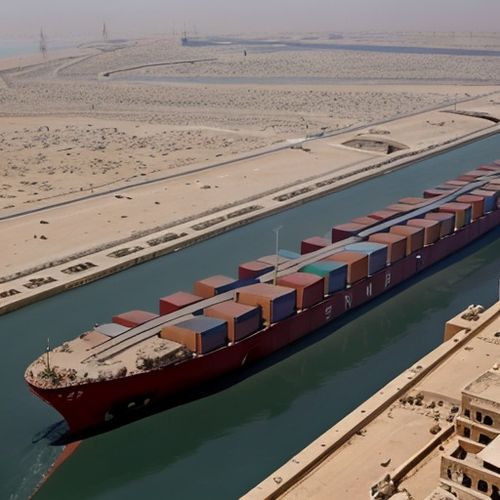
By Sophia Lewis/Apr 5, 2025
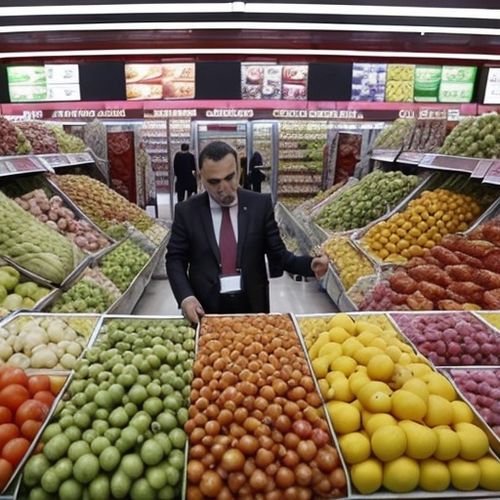
By Jessica Lee/Apr 5, 2025
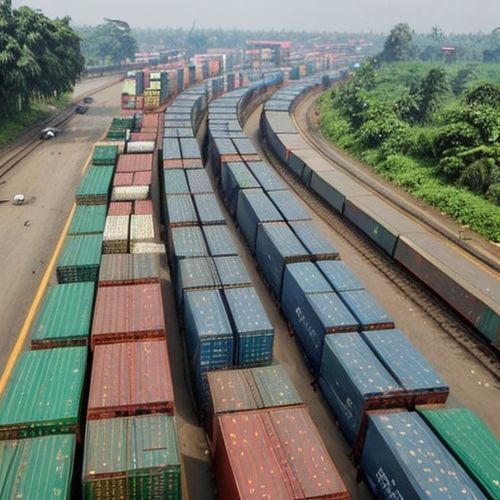
By Emily Johnson/Apr 5, 2025
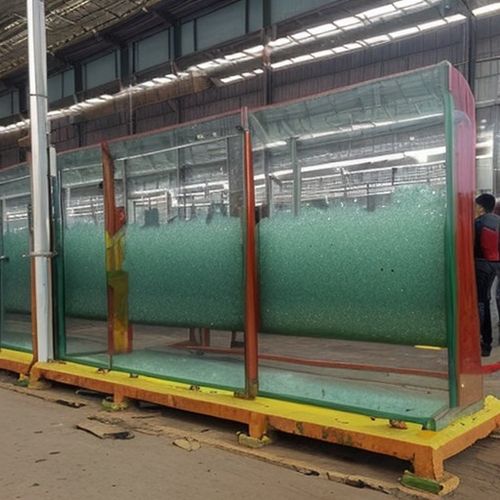
By Sophia Lewis/Apr 5, 2025
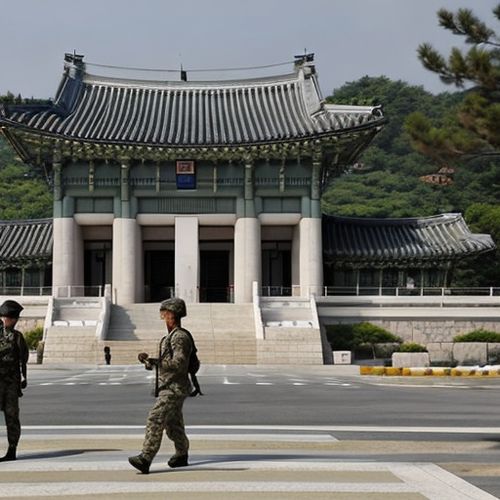
By George Bailey/Apr 5, 2025

By Amanda Phillips/Apr 5, 2025
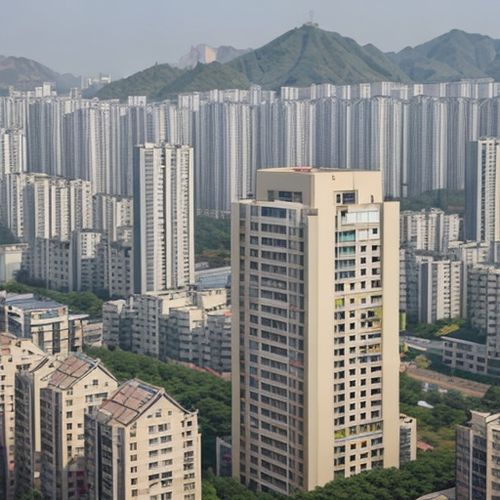
By Emily Johnson/Apr 5, 2025

By Natalie Campbell/Apr 5, 2025

By Sarah Davis/Apr 5, 2025
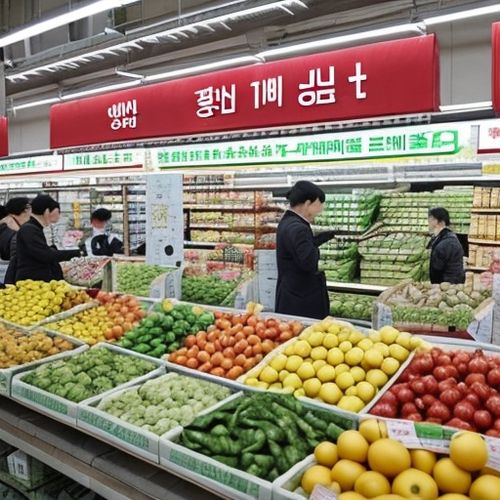
By Laura Wilson/Apr 5, 2025

By Samuel Cooper/Apr 5, 2025
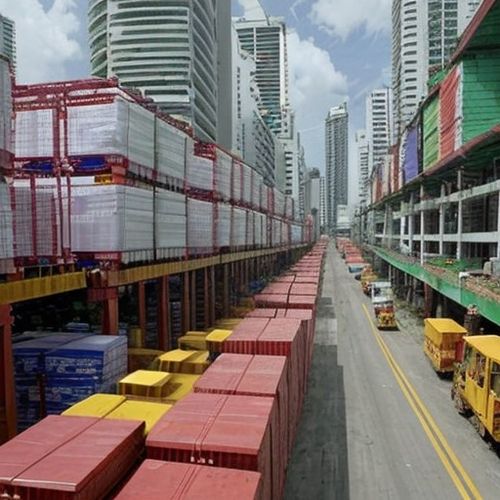
By James Moore/Apr 5, 2025

By Noah Bell/Apr 5, 2025
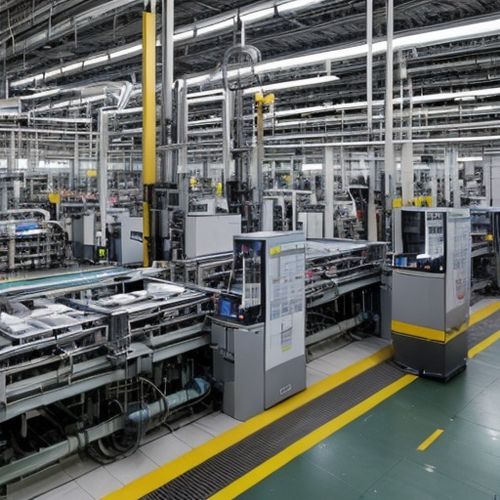
By Sarah Davis/Apr 5, 2025
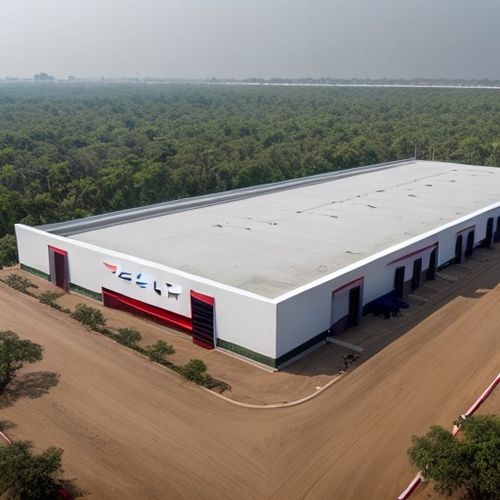
By Ryan Martin/Apr 5, 2025
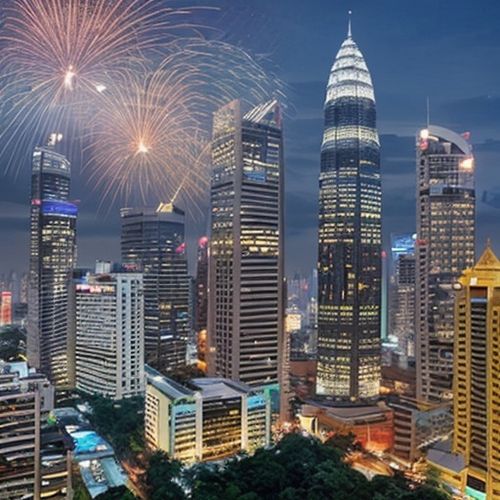
By Christopher Harris/Apr 5, 2025
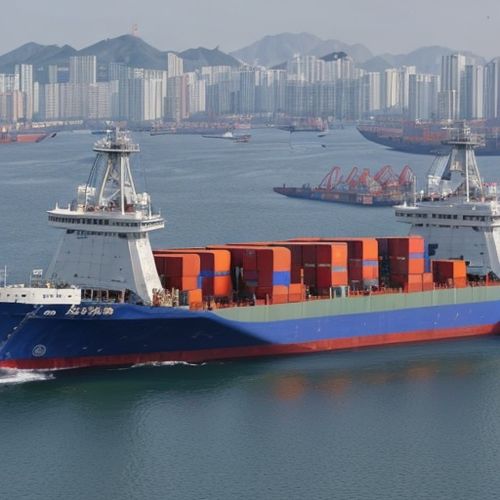
By Noah Bell/Apr 5, 2025
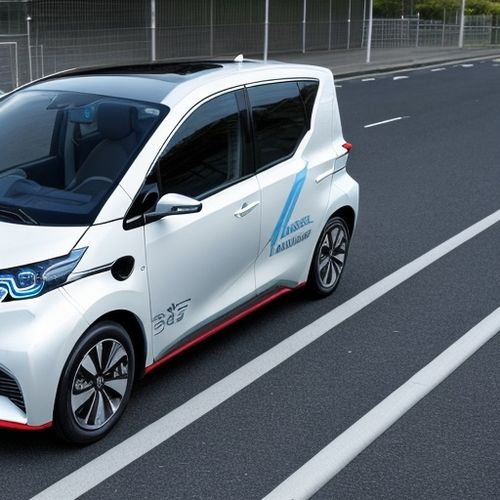
By Thomas Roberts/Apr 5, 2025

By Michael Brown/Apr 5, 2025
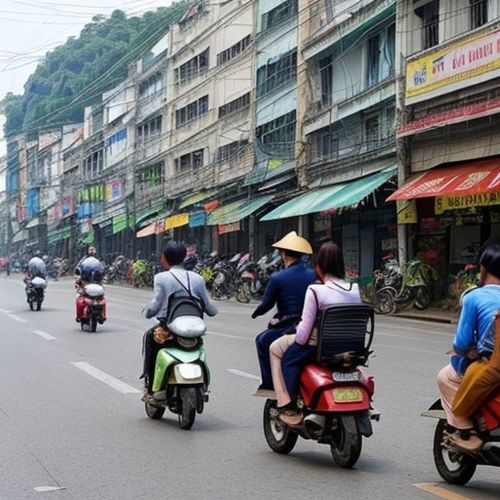
By George Bailey/Apr 5, 2025